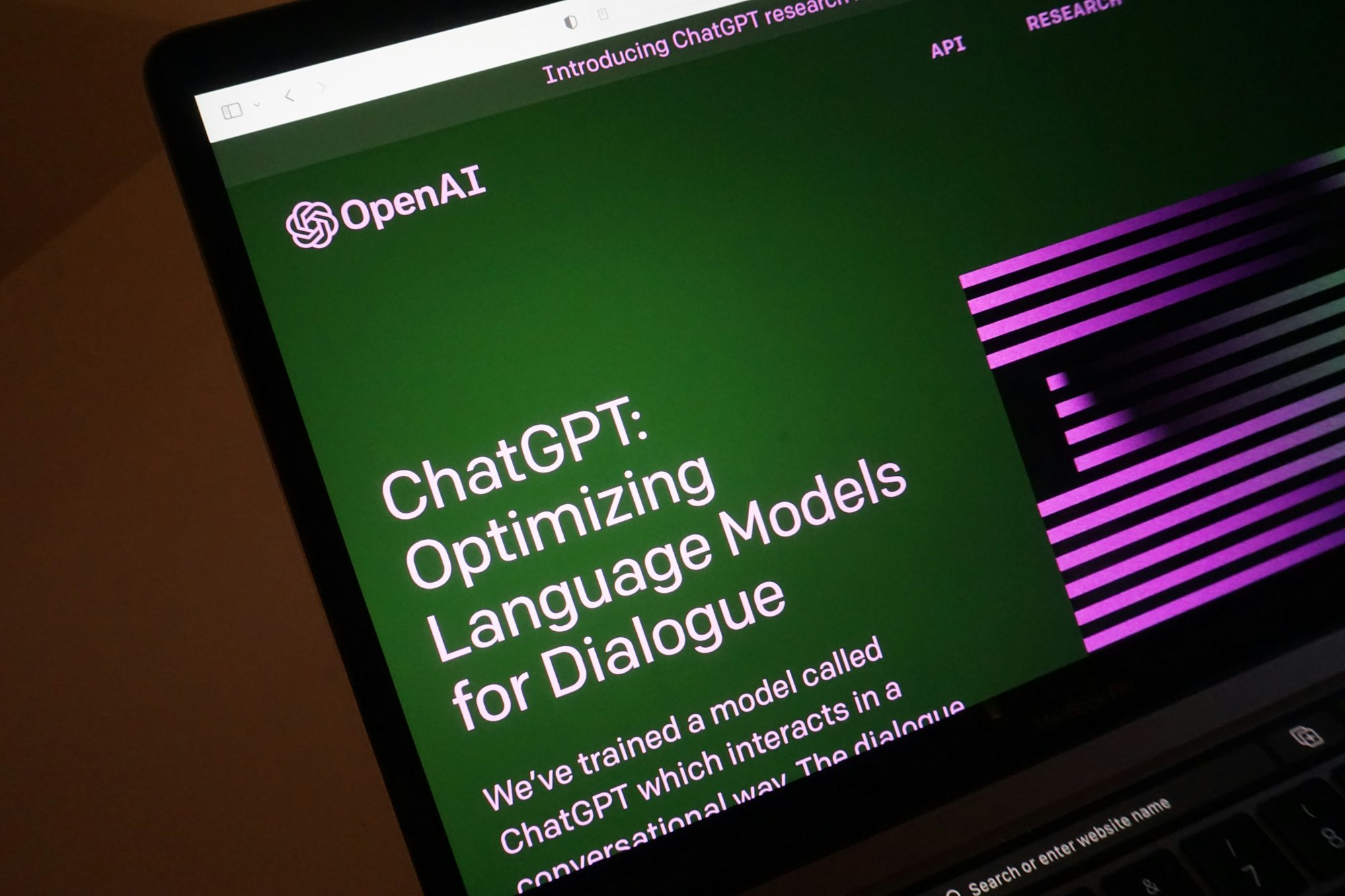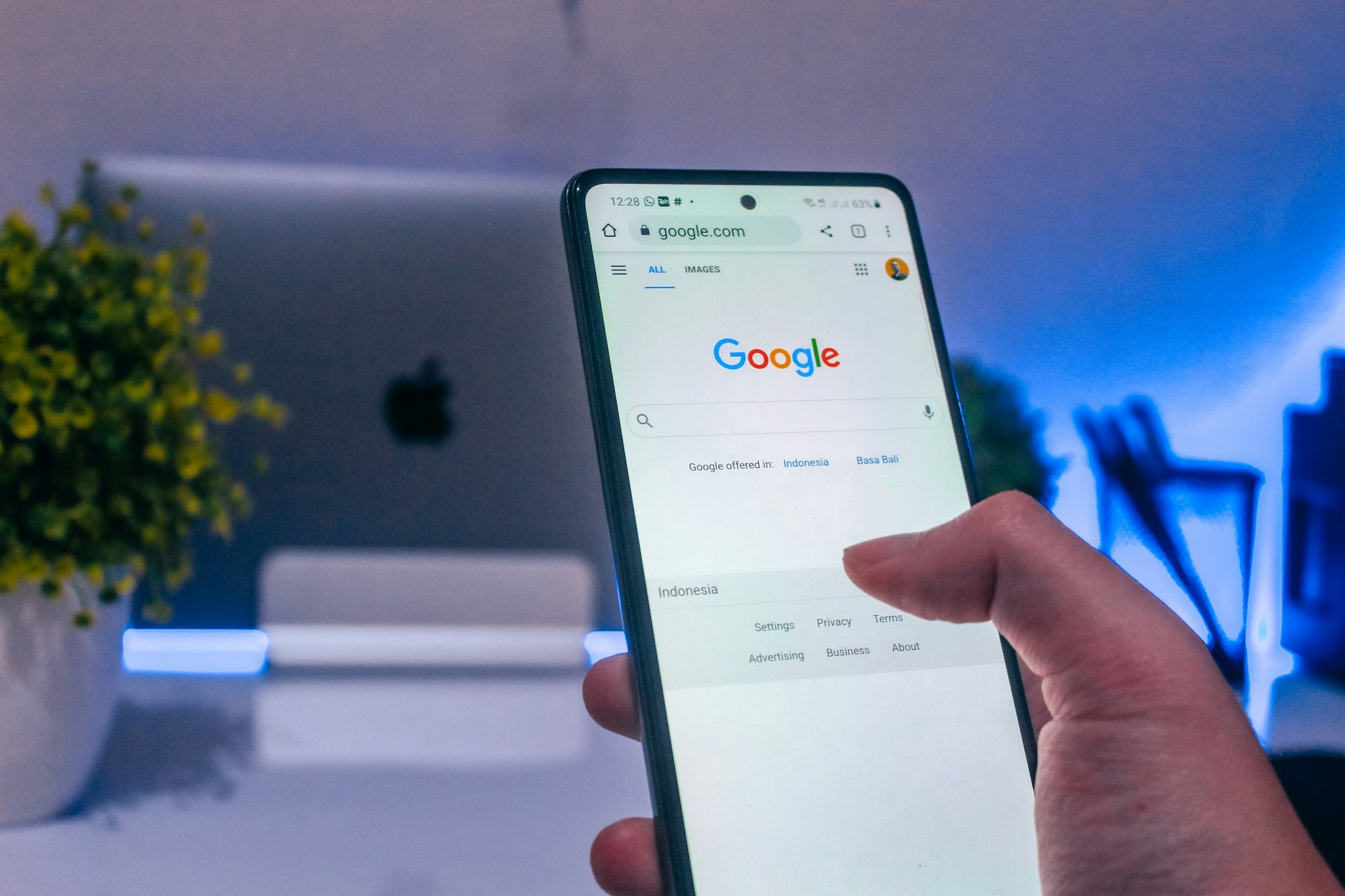ChatGPT creator OpenAI releases powerful multimodal GPT-3.5 successor known as GPT-4

Chatbot ChatGPT creator OpenAI has announced the release of an improved more-powerful multi-modal artificial intelligence model known as GPT-4 in a blog post on Tuesday.
According to the AI tech startup, the latest technology represents a vast improvement on the previous version known as GPT-3.5.
The new version unlike GPT-3 is a large multimodal that can accept both image and text inputs but emits only text outputs like the GPT-3. The text-input feature is set to be available to ChatGPT Plus subscribers and to software developers, with a waitlist, while the image-input ability remains a preview of its research.

While the two versions can appear similar in casual conversation, the company said the "distinction between GPT-3.5 and GPT-4 comes out when the complexity of the task reaches a sufficient threshold—GPT-4 is more reliable, creative, and able to handle much more nuanced instructions than GPT-3.5."
The AI model also exhibits human-level performance on various professional and academic benchmarks. In a simulation of the bar exam required of U.S. law school graduates before professional practice, the new model scored around the top 10% of test takers. In contrast, the older model GPT-3.4 rank around the bottom 10%.
This new advancement sets the stage for generative technology to gain widespread usage and stokes more competition between its backer Microsoft which has continued to integrate OpenAI's latest technology into its products and Alphabet Inc's Google which is currently ramping up on the release of its own generative AI model Bard.







